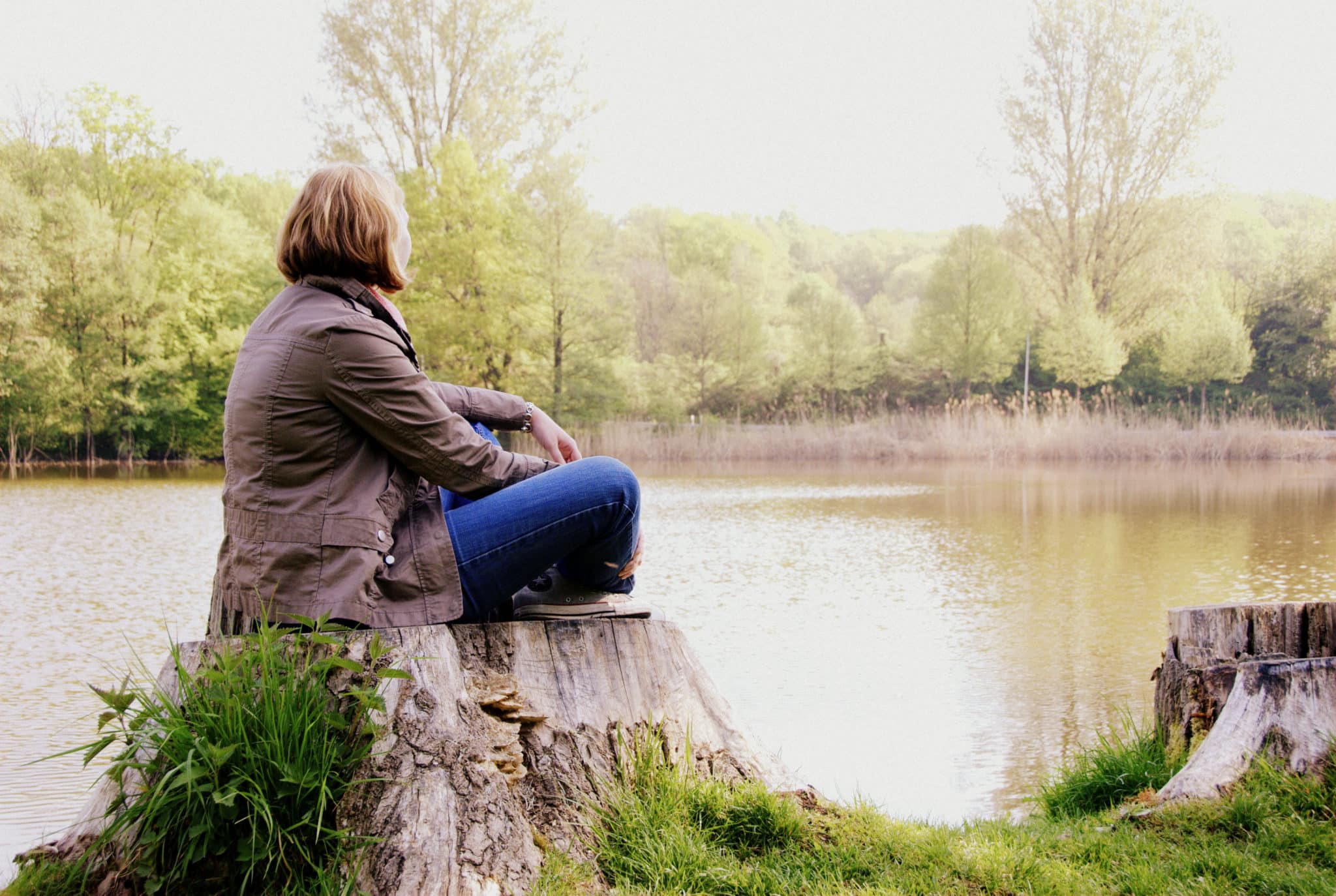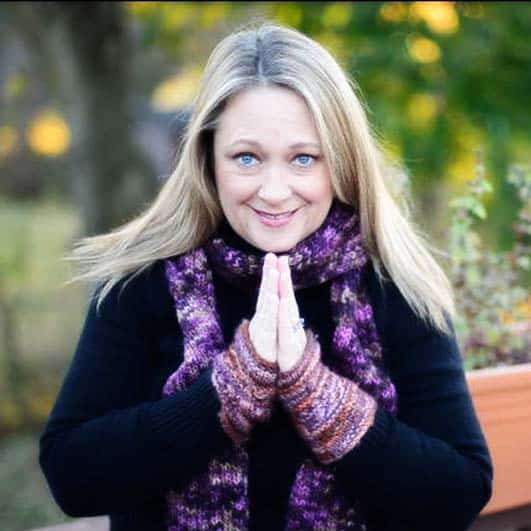In my life, death has been a close companion.
When I was 16, on a crisp autumn Saturday morning, my dad, a rocket scientist at NASA, put his hand to his heart and said out loud “Rapid heartbeat.” He had a massive heart attack there in the chair in his den, with me standing with him. I pulled him to the floor and tried to revive him with CPR. He did not survive. He was 44.
On that cool day, I learned the impermanence of life, which turns out to be a core quality of seeing the world through a mindful lens. I learned that things pass, transform, change – and I became curious about how to live with my eyes wide open for what is here right now. I didn’t want to miss the good stuff. I moved out to California and was introduced to the concept and practice of mindfulness by my client, an engineer from Vietnam who taught me how to drop below the choppy surface of a busy life and come home to my heart.
Later, living in San Francisco in my 30s, nine months pregnant with my only child, my mom called to tell me that my brother Johnny, a gentle, brilliant artist, suddenly died. He was 37.
I couldn’t fly at that stage to attend his funeral back home in Maryland, so I created a sacred ceremony outdoors on the hillside of our home. A Scottish bagpiper piped the notes that connected all of our hearts together in our grief.
I know the surreal quality of grief in all of its paradoxes and contradictions – the heaviness and the lightness, the weight, the feeling you could blow away in any minute. It is a powerful, embodied state – as all emotions are, yet at the same time, I had a new life in me that was almost ready to be born.
My daughter Ava Grace arrived three weeks later. I credit the ten years of mindfulness practice in helping me navigate those months – where I had the most expansive joy and deepest sorrow in my body and heart at the same time. Mindfulness allowed me to see my direct experience more clearly instead of being overcome by intense emotions. It doesn’t wipe away grief or take us out of the grieving process, instead, we learn to surf the waves as they come instead of burying our head under a pillow, becoming angry or falling into a trance.
Mindfulness shifts our relationship to life’s joys and sorrows, and it transforms our relationship to ourselves as we grieve. It builds our capacity to be with whatever is happening, without having to deny, suppress, avoid, blame or take refuge in external substances, work, or wherever we go to escape. We develop an ability to see clearly through our tears, through the disbelief, through the fog of the surreal feeling that our world has dramatically changed. Like the sun rays shine after rain, we turn attention to the love that shines through the sadness, and is all at once part of the sadness, if we choose to turn our attention towards it.
How does it work – this developing of mindfulness capacities?
Mindfulness practice, often done by meditating, allows us to build the skill of attention, which can mean a sacred moment of being aware of the impermanence of life, the miracle of being alive, or the joy of being alive with others. Mindfulness is not simply a state we are cultivating to feel calm on a cushion, but a set of skills and attitudes towards life. These skills allow us to open to joy, meaning and love at work, home and play. We become more intimate with life – moment by moment.
We keep practicing to come home to ourselves, and to the present moment. Death, loss and the grief that accompanies them teach us that everything changes. The little child that you feed and laugh with will turn into a high school kid. That favorite vase of your grandmother will fall and break. The feel of the sun on your warm skin while on vacation will come to an end. Impermanence is not something that has to make us sad. It is, in fact, the opposite- the impermanence of things can invite us into the sacred space of wonder, beauty, and awe. The vastness of knowing that we are interconnected to all of life and that through this interconnection things transform and continue on.
For the last twenty years, I have spent time visiting and living with the nuns and monks that practice mindfulness in the tradition of Thich Nhat Hanh, a Vietnamese Zen Master, poet and peace activist. Thay, as we call him, taught my daughter to walk mindfully, to breathe mindfully, and drink tea with full awareness. He taught me that we Inter-Are, a quality he calls Interbeing. We are connected to each other and at a higher level we are each other, and our ancestors continue on through us. When I notice a big wave of grief-sadness come toward me, washing over me, I take deep breaths and allow it to be here. I also remember that my brother lives on in me – in my laugh, in my passions, in my way of seeing things. I see him in my daughter Ava Grace, who is now 14. She has his big round blue eyes, his witty sense of humor, his wise depth. And she has emerged as an artist too, producing art with his paint-covered palette propped against the easel in the corner of her room.
Connect with me at www.lauriejcameron.com.
For more with Laurie, check out her podcast interview with Heather here.


